ORA® Captive-Bred Tigertail Seahorse
-
The ORA® Capetive-Bred Seahorse is a medium-sized seahorse sporting distinctive stripes of a tiger. The stunning species is mostly colored black or yellow and has stunning starburst marks on the eye area. Male Tigertail Seahorses are typically darker and females typically have a lighter hue. It is a very elaborate breed, with numerous stripes and blotchy marks that can be used to disguise themselves.
- Seahorses, which are considered to be social animals, thrive in a couple or within small numbers in an aquarium that is exclusively for species.
- A 30 gallon tank can be enough for a single pair.
- Add 10 gallons of water to the dimensions of the aquarium in each subsequent pair.
- Aquascape with branching corals, such as Gorgonians or imitation corals or plastic plants to supply the seahorses with hitching posts that they can grasp with their tails that are prehensile.
- Spray bars can be used to provide a gentle flow, as well as eliminate stagnant areas from the aquarium.
- Seahorses do not have the strength to swim preferring to make use of their prehensile tails to connect to branches of live rock or algae or even artificial decorations.
Seahorses like those that belong to the ORA® The Captive-Bred-Tigertail Seahorse can be kept with small, shy fish like tiny gobies, pipefish dragonets, and firefish. However, territorial, aggressive, or swift-moving fish don't make ideal partners for seahorses. Seahorses could be injured by anemones, corals that have tentacles that sting or can be large enough to eat them, including brain corals. Although sea fan, Acropora corals as well as other branching corals are suitable for seahorses, they may be damaged or damaged when a Seahorse continuously tacks them. Crabs and clams can pierce an animal, which can cause a wound that can lead to secondary infections. Small ornamental crustaceans can be eaten by seahorses.
If you are considering tanks for your ORA® Captive-Bred Seahorse, stay clear of species that compete with the seahorse to eat. The captive-bred seahorses are used to eating frozen Mysis shrimp, which makes an excellent alternative to wild-caught species. They will also eat amphipods as well as other crustaceans in live rock. They will also take adult brine shrimp that are vitamin-enriched but it shouldn't be the mainstay portion of their food. ORA® Captive-Bred Seahorses are slow and conscious feeders, and they would prefer to have two or three small meals a day.
Approximate purchase size: 2" to 3"
- Description
- Additional Information
- Reviews
Information about ORA® Captive-Bred Tigertail Seahorse
Tigertail Seahorse is a moderately-sized seahorse that has distinct tiger-striped markings. The stunning species are mostly either black or yellow and has stunning starburst marks in the area of the eyes. Male Tigertail Seahorses are typically darker in color and females typically have a lighter hue. It is a very elegant breed with a variety of stripes and blotchy markings which can be used to disguise itself.
Seahorses can be social and thrive as a couple in small groups in a species-exclusive aquarium. A 30-gallon tank can be enough for a single pair. Add 10 gallons of water to the dimensions of the aquarium to accommodate each pair. Aquascape with branching corals such as Gorgonians or imitation corals or plastic plants to provide seahorses "hitching posts" that they can grasp with their long tails. Spray bars can be used to create a flow that is gentle as well as eliminate stagnant areas from the aquarium. Seahorses aren't very strong swimmers preferring to utilize their prehensile tails attach to live rock branches algae, artificial decorations.
Tigertail Seahorse may be kept with shy, small fish like tiny gobies, pipefish dragonets, and firefish. However, aggressive, territorial, or fast-moving fish make great partners. Seahorses are susceptible to injury from anemones, corals that have tentacles that sting or have enough size to devour them, like brain corals. Although sea fans, Acropora corals, and various corals with branches are suitable for seahorses, they may be damaged when a Seahorse continuously tacks them. Crabs and clams could sting an animal, which can cause a wound that could cause secondary infections. Small ornamental crustaceans can be eaten by seahorses.
ORA® Captive-Bred Tigertail Seahorse Diet
If you are considering Tankmates to the Tigertail Seahorse, avoid fish that will compete with seahorses to eat. The captive-bred seahorses are used to eating frozen Mysis shrimp, which makes an excellent alternative to wild-caught counterparts. The Tigertail Seahorse can consume amphipods as well as other crustaceans that are small within live rocks. They also eat vitamin-rich adult brine shrimp, however, this shouldn't comprise the major portion part of the diet. Tigertail seahorses can be slow and conscious feeders, and they are accustomed to two or more small meals a day.

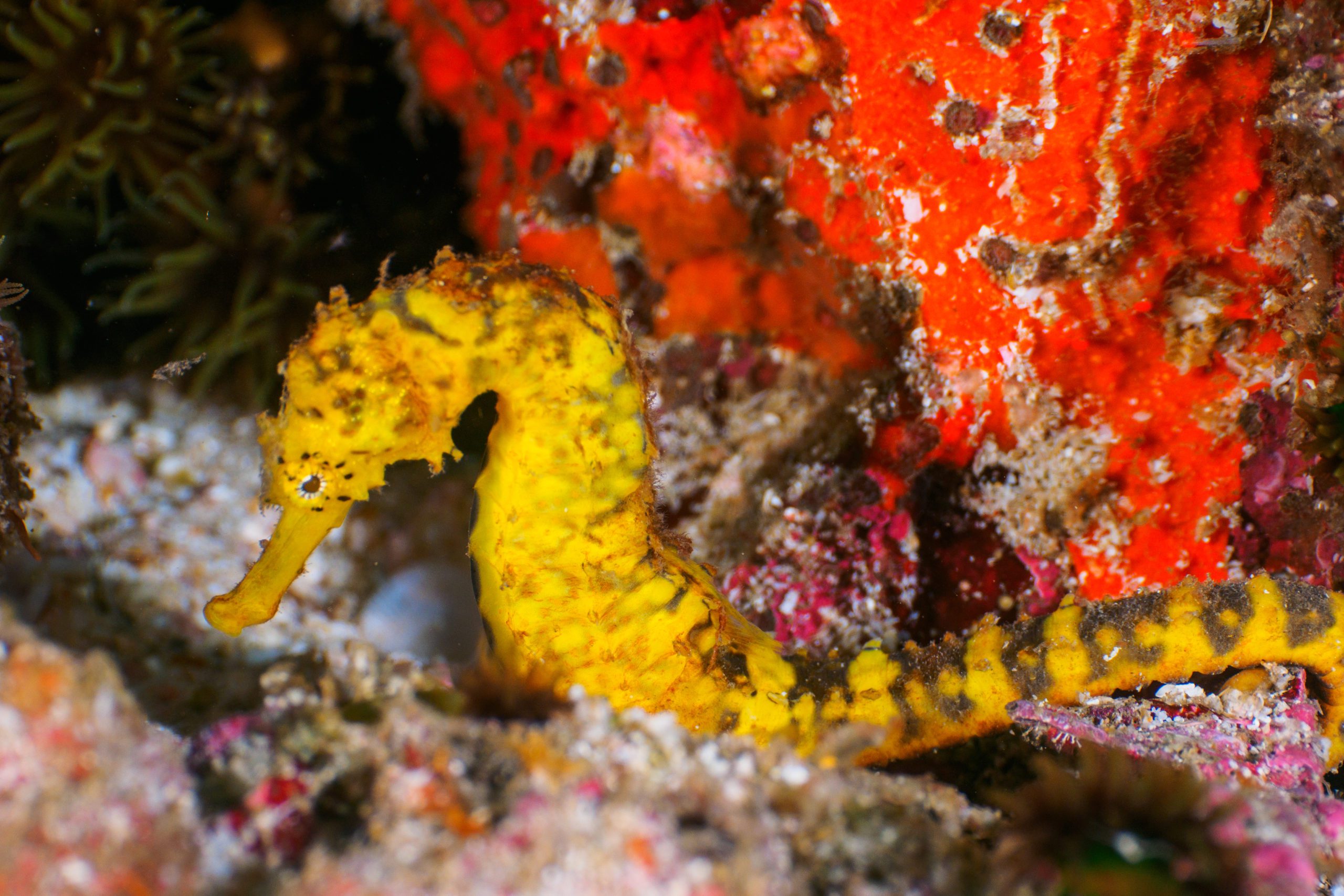
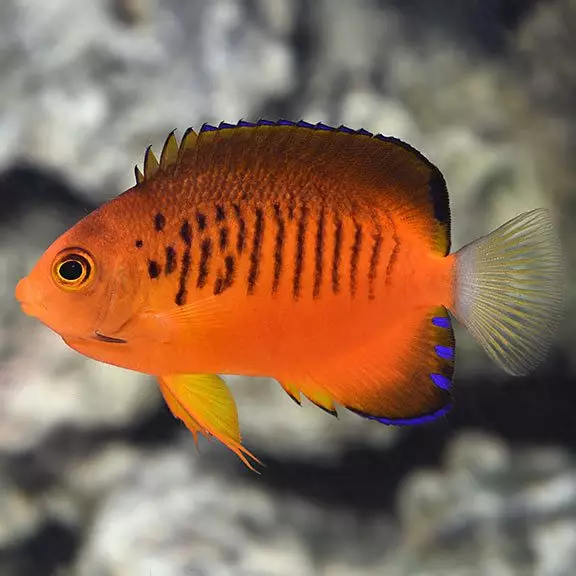
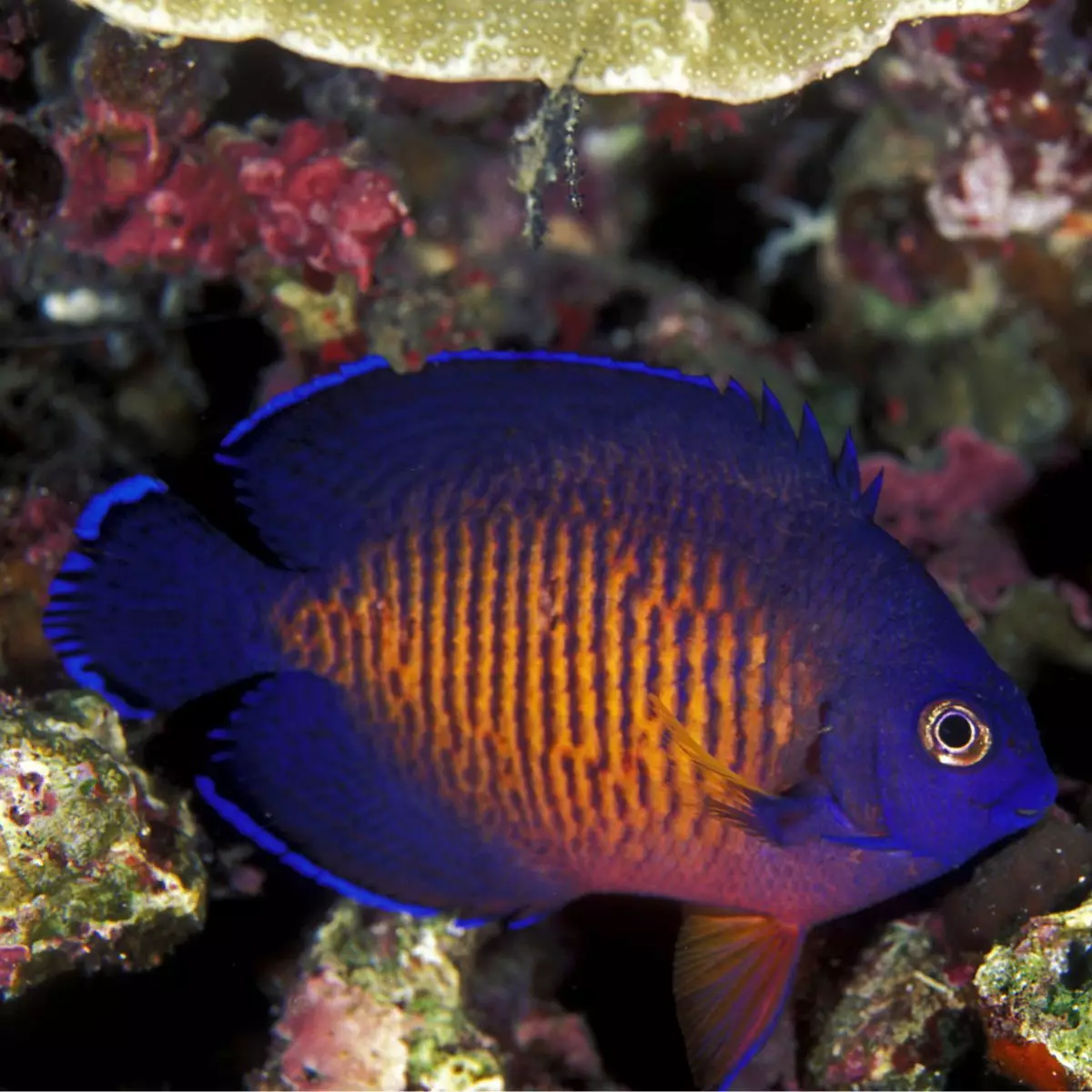
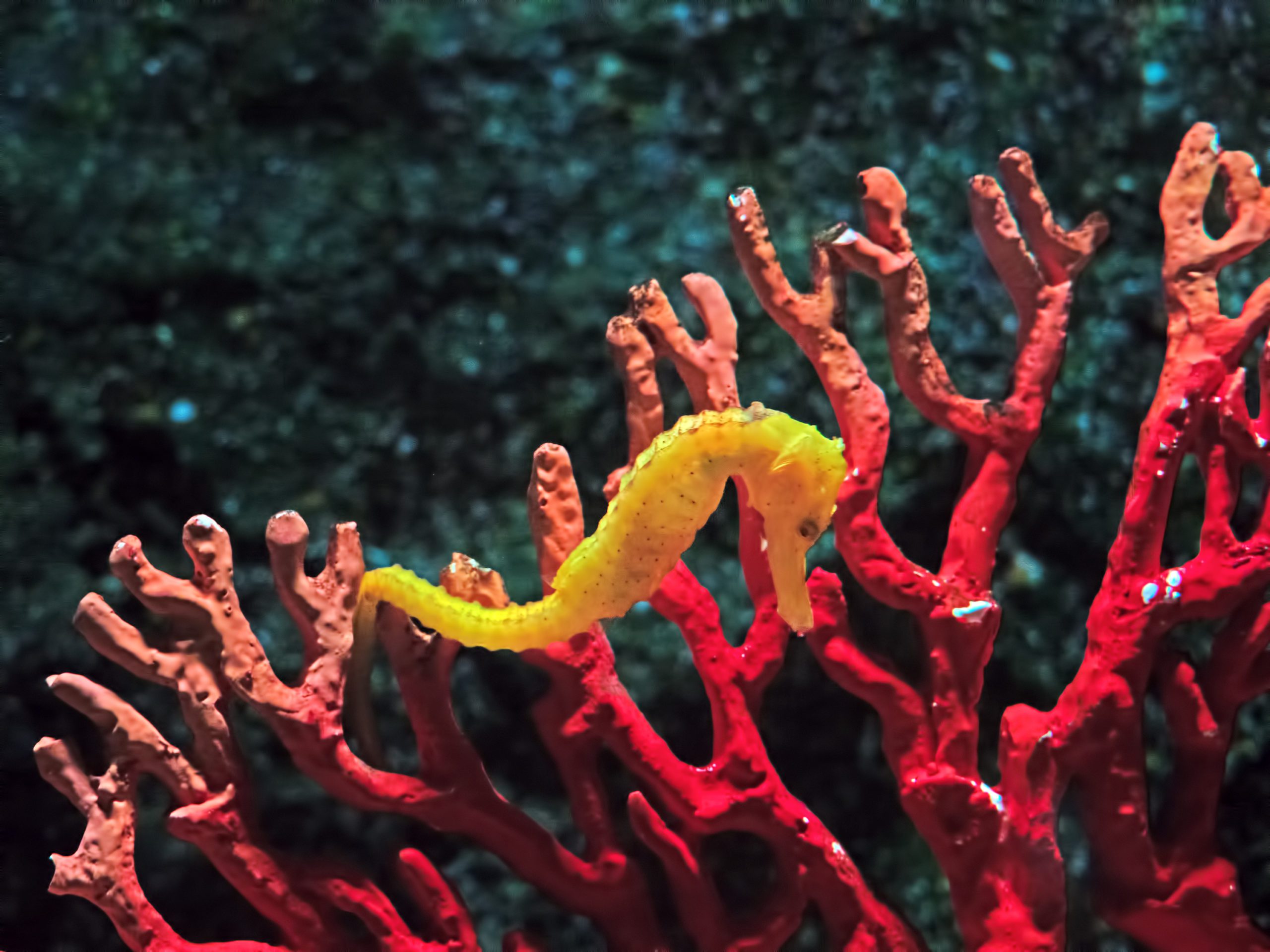
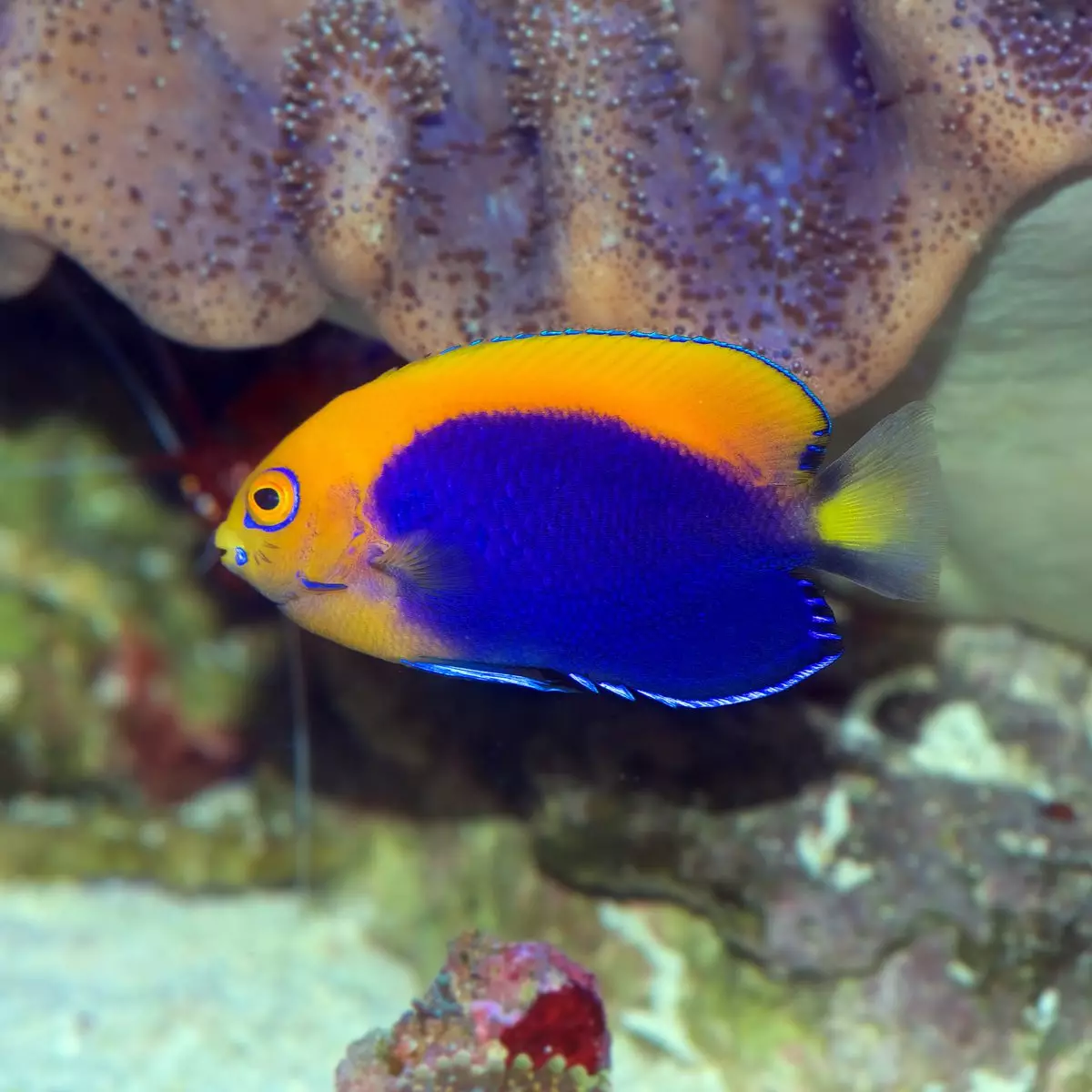
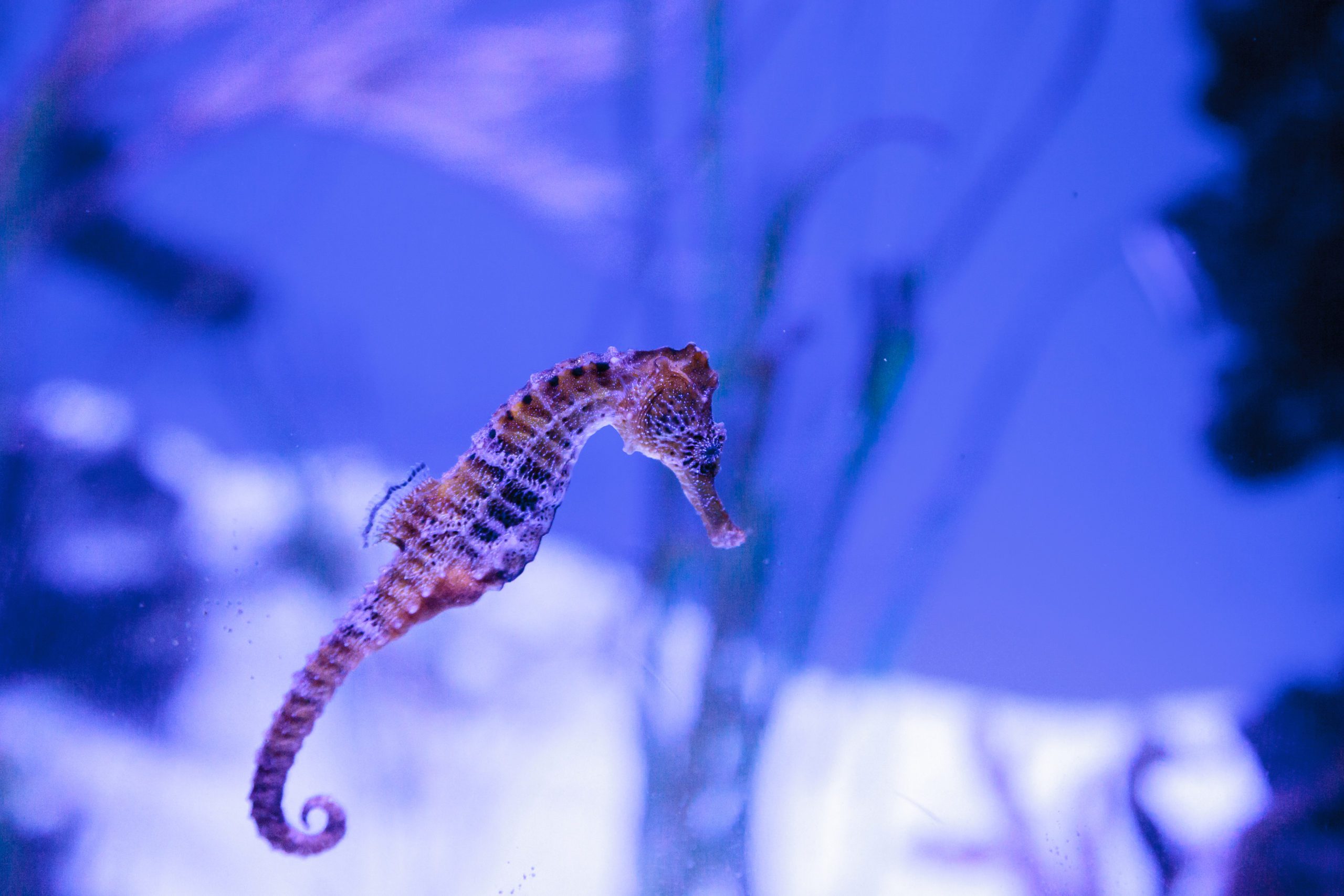
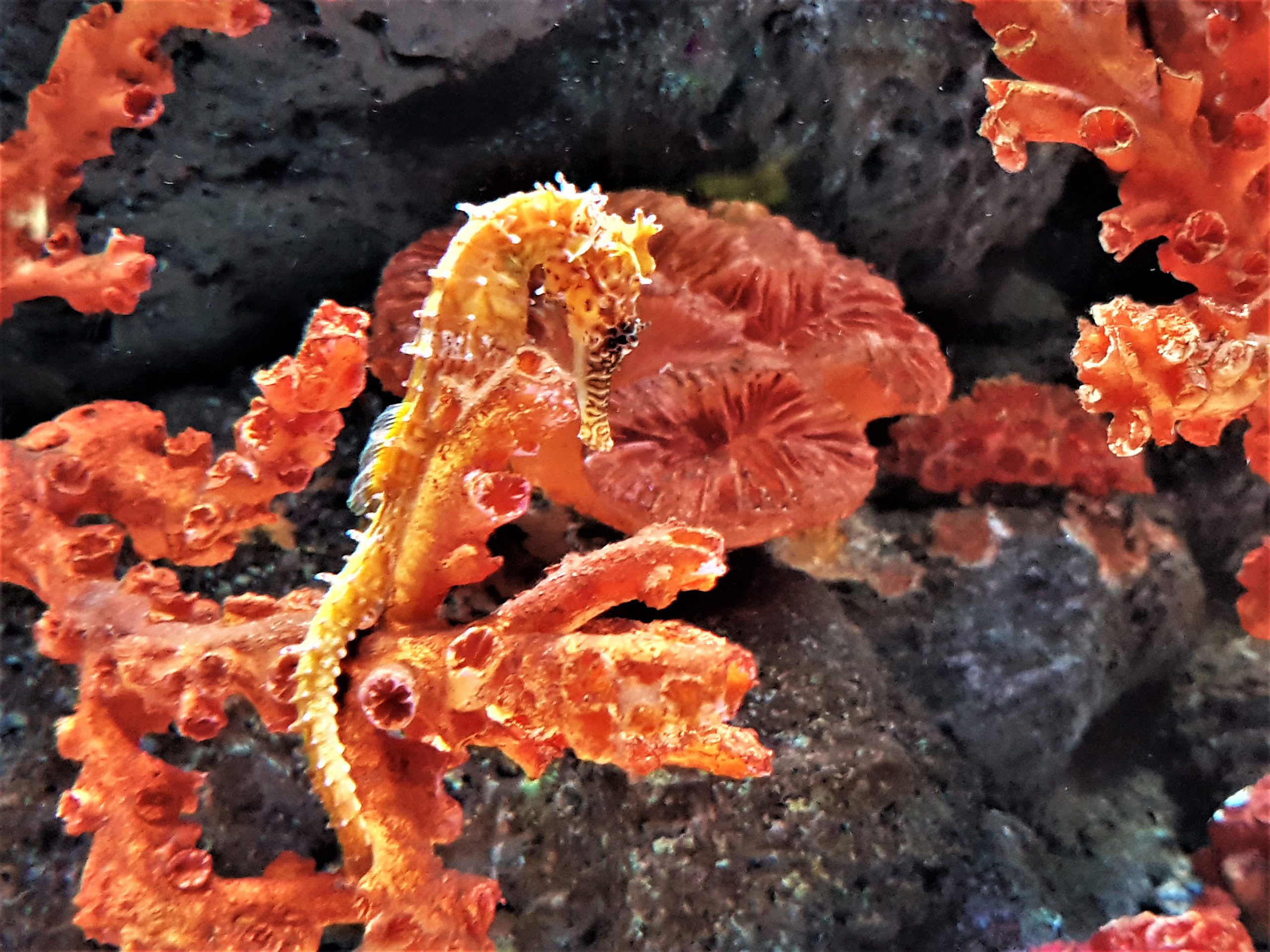

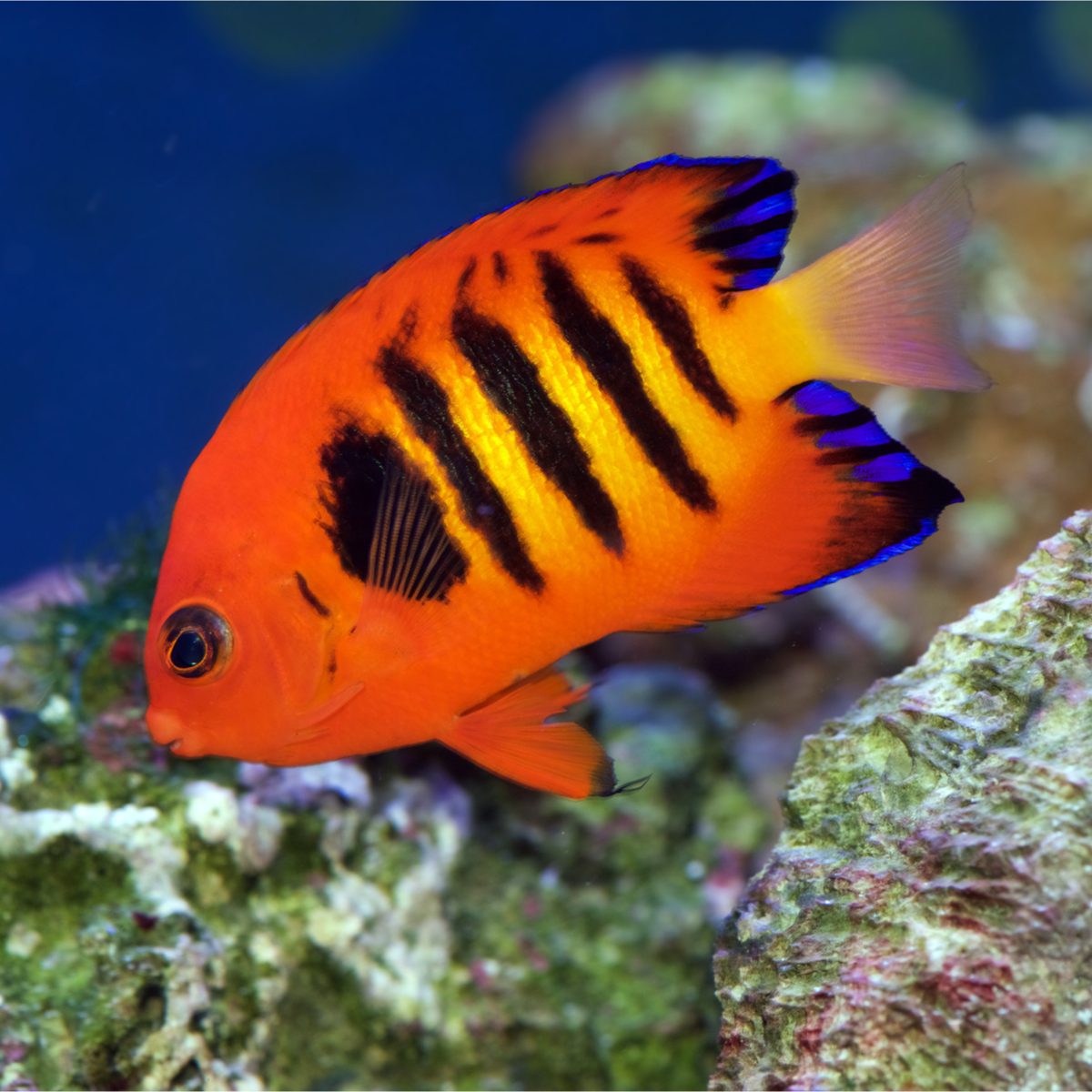
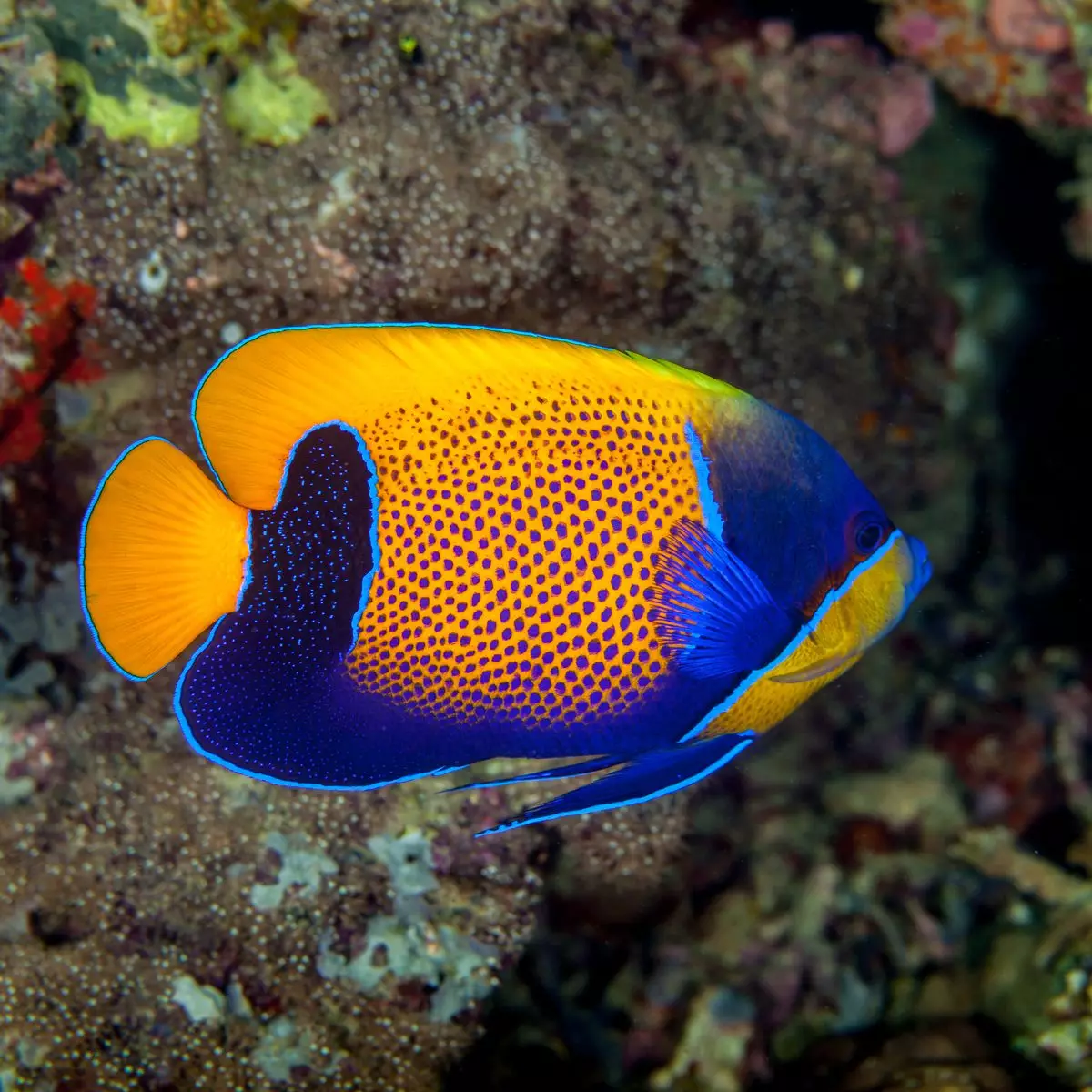
Reviews
There are no reviews yet.